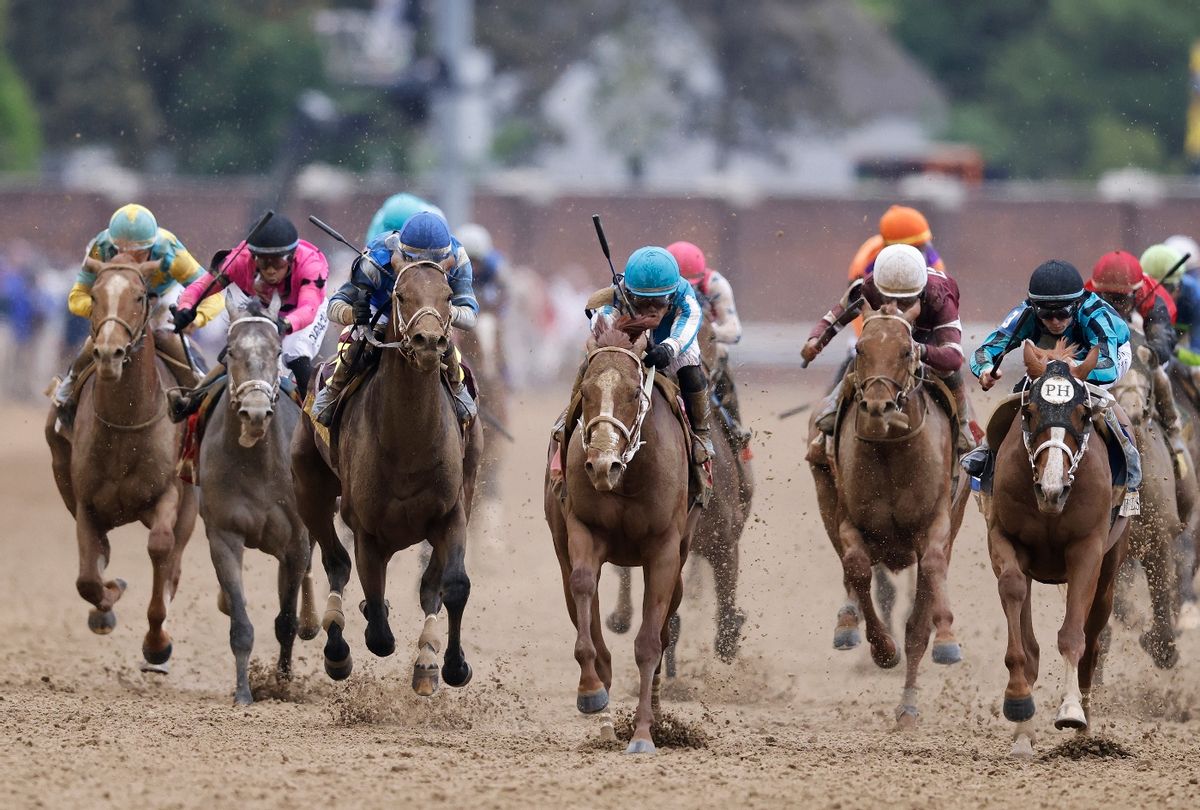“Horses dying in clusters is not a new phenomenon,” Joe Drape, a New York Times reporter, says in the outlet's new documentary, “Broken Horses.”
“It’s just now people are paying attention and want to know why.”
"Broken Horses," the latest episode from the third season of "The New York Times Presents," premiered on April 26 on FX and Hulu, just ahead of the 150th running of the Kentucky Derby at the historic Churchill Downs in Louisville, Kentucky. Last year, 12 horses died after sustaining severe injuries on that very track. Those deaths were compounded by additional clusters of fatalities at other prominent races, including the Preakness Stakes in May, the Belmont Stakes in June and a race at New York's Saratoga Springs course.
Drape, along with colleague Melissa Hoppert, held pivotal roles in the investigation into the spate of horse deaths that cropped up last year. The NYT's new expose endeavors to pull back the curtain on horse racing's seamy, systemic issues with doping and unbridled breeding practices through exclusive interviews and evidentiary support, giving viewers a better understanding of why such intensely powerful animals are falling apart.
Here are the key takeaways from "Broken Horses."
"Broken Horses" is streaming now on FX and Hulu.

Shares